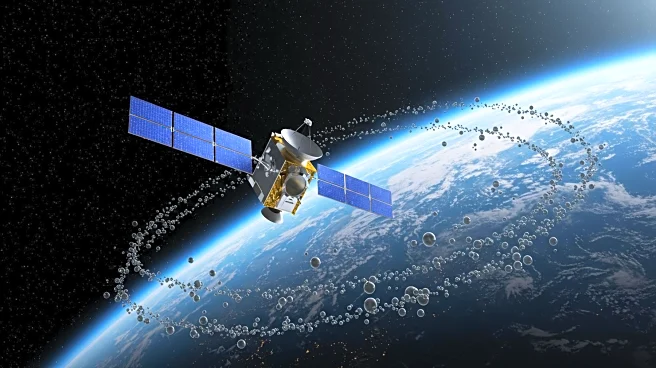What's Happening?
NASA's Orbiting Carbon Observatory-2 (OCO-2) mission has marked its 10th anniversary, having become a pivotal tool in measuring carbon dioxide (CO2) levels from space. Launched in 2014, OCO-2 has provided critical data for understanding plant health, crop yields, and drought forecasting. The mission has also contributed to forest and rangeland management by offering insights into CO2 emissions and plant photosynthesis. OCO-2's data has been instrumental in developing early drought forecasts and understanding the impact of global events like the El Niño on carbon emissions.
Why It's Important?
OCO-2's decade-long mission has significantly advanced the scientific community's understanding of the Earth's carbon cycle and its impact on climate change. The data collected has been crucial for policymakers and researchers in developing strategies to mitigate climate change effects. By providing accurate CO2 measurements, OCO-2 supports efforts to track and reduce emissions, contributing to global environmental sustainability. The mission's success underscores the importance of satellite technology in addressing complex ecological and economic challenges.
What's Next?
As OCO-2 continues its mission, it will further refine its data collection and analysis capabilities, potentially leading to more precise climate models and forecasts. The mission's findings may influence future satellite missions and technological advancements in carbon monitoring. Continued collaboration with international partners and integration with other satellite data will enhance the understanding of global carbon dynamics and support efforts to combat climate change.













